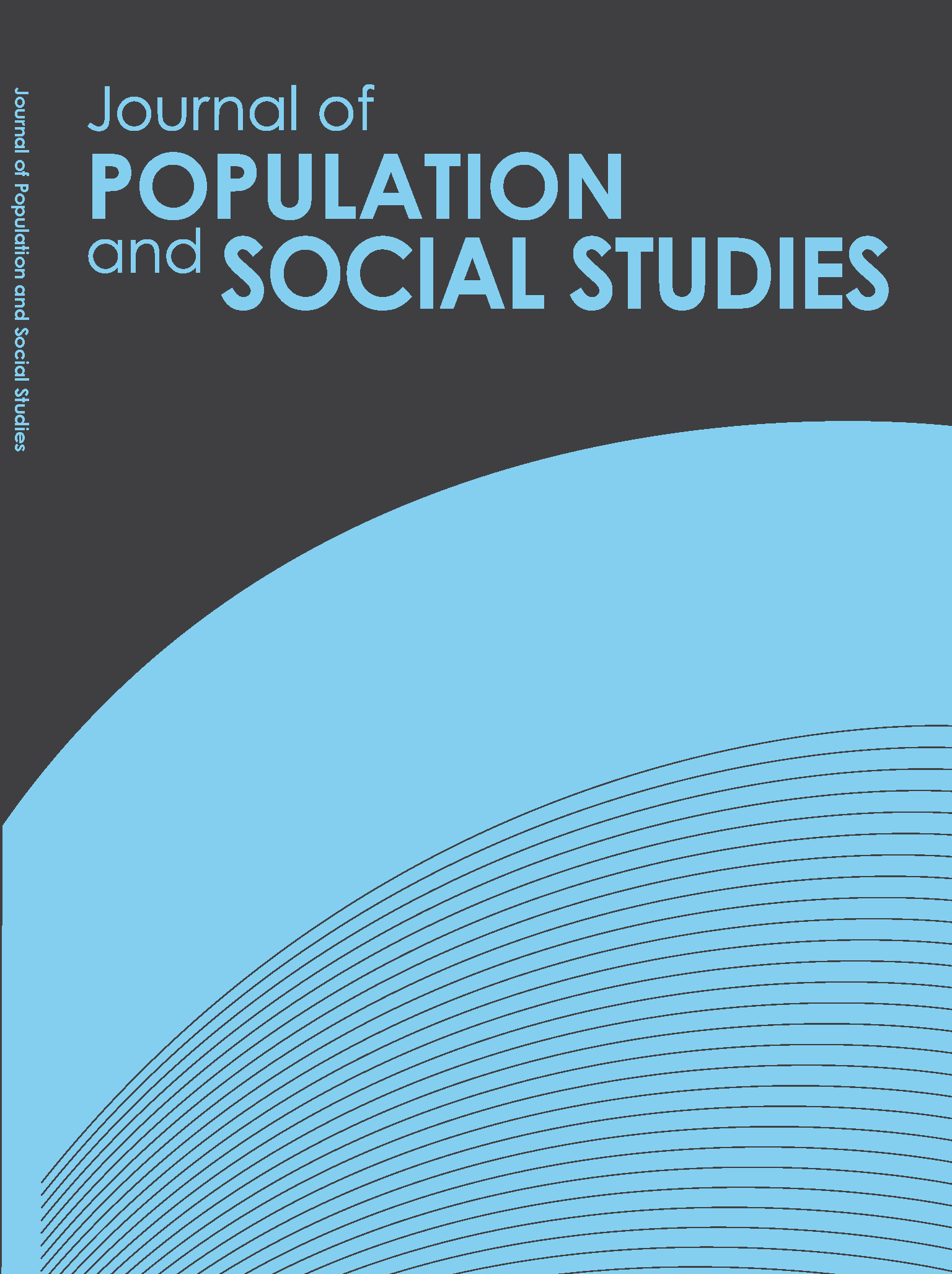Influence of Literacy on India’s Tendency for Age Misreporting: Evidence from Census 2011
Main Article Content
Abstract
The quality of age reporting in the recently released single-year age data from the Indian Census 2011 is examined. Besides analyzing whether there was any significant improvement in quality from 2001 to 2011, the paper investigates whether there is a relationship between growth in the literacy rate and the quality of age-reporting. Modified digit-specific and total Whipple’s indices are used to check patterns in digit preferences/avoidances among Indians in the two censuses. Correlation coefficients are estimated to analyze the influence of literacy on the tendency for age-misreporting among the Indian population. The total Whipple’s modified index declined from 5.5 to 2.9 between 2001 and 2011.The correlation coefficient of the association between growth in the literacy rate and quality of age reporting is significant (r = -0.92; p<0.01). We conclude that India has made remarkable progress in improving the quality of age reporting in the population Census during the last decade, and that education played a vital role. It may be expected that increased literacy will further improve the quality of age data in states and areas still lagging behind.
Article Details
References
Ambanavar, J. P. &Visaria, P. (1975). Influence of literacy and education on the quality of age returns. Demography India, 4 (1), 11-15.
Balasubramanian, K. (1974). Type of age reporting errors in the census data of Indonesia. Demography India, 3 (2),287-305.
Borkotoky, K. & Unisa, S. (2014). Indicators to examine quality of large scale survey data: An example through district level household and facility survey. PLoS ONE, 9(3): e90113. doi:10.1371/journal.pone.0090113.
Chandra, N. K. (1980). Adjustment of age data for India’s census population. Demography India, 9 (1& 2), 274-285.
Ewbank, D.C. (1981).Age misreporting and age-selective under enumeration: Sources, patterns and consequences for demographic analysis. Committee on Population and Demography, Report No.4.Washington, DC: National Academy Press.
Jain, S. P. (1980).Census single year age returns and informant bias. Demography India, 9 (1&2), 286-296.
Moultrie, T., Dorrington, R., Hill, A., Hill, K., Timæus, I., & Zaba, B. (2013). Tools for demographic estimation. Paris: International Union for the Scientific Study of Population (IUSSP). Retrieved from http://demographicestimation.iussp.org/sites/demographicestimation.iussp.org/files/TDE_2013_2ndImpression.pdf
Mukhopadhyay, B.K. (1983). Pattern of change in age reporting during 1961-71, Indian Census data. Demography India, 12 (1), 131-144.


